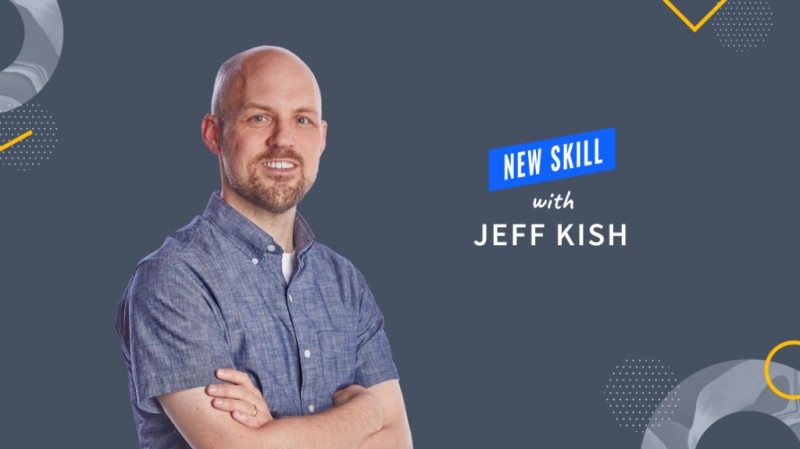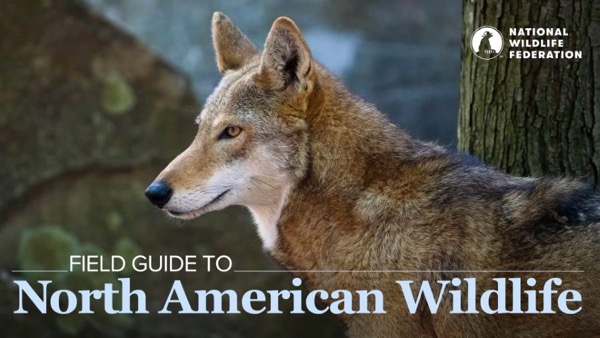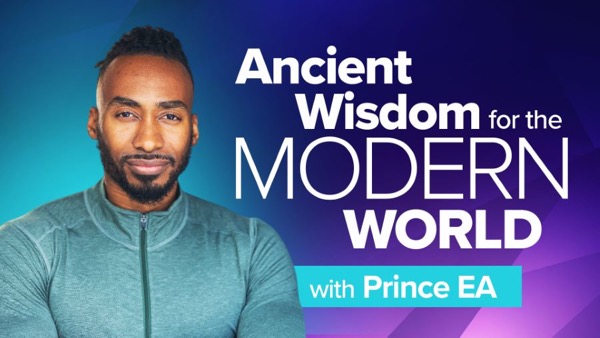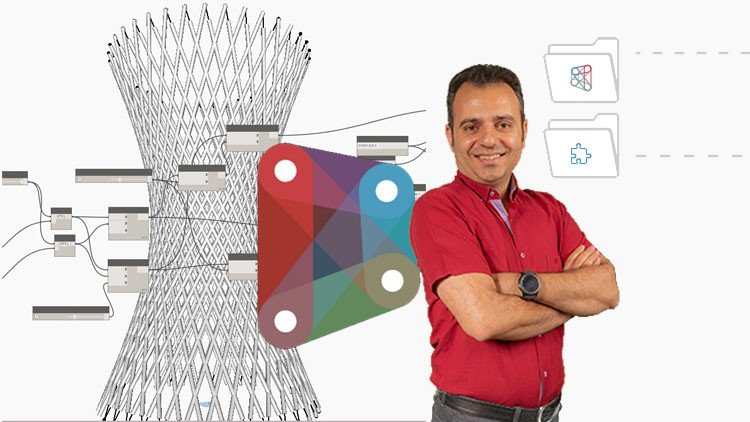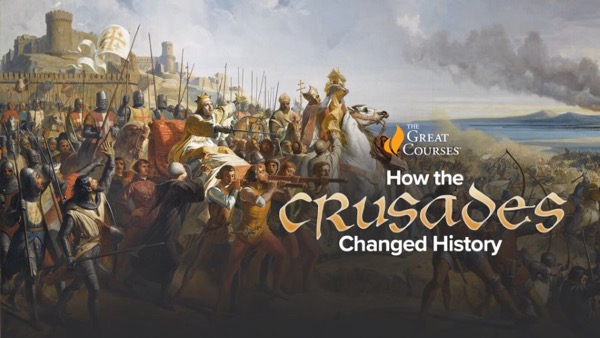
TTC - How the Crusades Changed History
Released 11/2023
MP4 | Video: h264, 1280x720 | Audio: AAC, 44.1 KHz, 2 Ch
Genre: eLearning | Language: English | Duration: 24 Lessons ( 11h 27m ) | Size: 9.55 GB
The Crusades, launched in 1095 by Pope Urban II, were a series of holy wars led by European Christians, aimed at contesting Muslim power and establishing Christian rule of the Holy Land. In their aftermath, the Crusades left a significant impact on their era as well as on future centuries, and their effects are directly visible even in our own time
Effects of the Crusades included the following
They opened major avenues of exchange of learning and scholarship, as well as new knowledge of Islam in the European world.
They opened routes of trade, influenced European languages, and facilitated the first large-scale efforts of Christian proselytizing among Muslims.
They deeply influenced the policy of the Spanish in their conquest of the Americas.
They changed and even transformed areas of the world they touched.
In How the Crusades Changed History, you'll explore the ethos of the Crusades, their geopolitical and cultural history, and the fascinating and critical questions surrounding their legacy. You'll assess the magnitude of their impact on future events and eras, and the ways in which they continue to capture our imagination today.
In doing so, you'll devote substantial study to the eight numbered Crusades between 1095 and 1270, the key crusading expeditions across Europe and Asia Minor, and you'll track the fortunes of the four crusader kingdoms or states in the Mediterranean, from their inception to their eventual fall. You will also learn of the spread of crusading to Europe itself.
How the Crusades Changed History is an updated and expanded version of an earlier and popular audio course that makes use of our improved video and graphics capabilities to bring the battles, the places, and the monumental human conflict of the Crusades to vivid life. At the center of this course is the masterful presentation of esteemed medieval scholar Philip Daileader of William & Mary, whose compelling evocation of the Crusades and finely honed perspectives on their repercussions make these 24 lectures a thrilling and revelatory experience. Professor Daileader is delighted to have the chance to revisit this timeless and hugely influential era, an epoch of enduring relevance to geopolitical, social, and religious issues of our own time.
Relive a Breathtaking Historical Drama
Unfolding over two centuries, the Crusades mark a pivotal moment in world history
The First Crusade captured Jerusalem, igniting a crusading epoch of eight papally sanctioned crusades, as succeeding factions of crusaders sought to preserve and consolidate Christian control of the Eastern Mediterranean.
The Crusades in the Holy Land gave rise to further campaigns driven by religion across Western Europe, the Balkans, and the Byzantine Empire.
These extraordinary and galvanizing conflicts mobilized hundreds of thousands of crusaders, vast financial and logistical resources, and produced bitter conflict, difficult religious and moral quandaries, and a huge loss of life. Led by European kings, religious luminaries, knights, and nobles, the Crusades were marked by heroism, brutal warfare, and the large-scale clash of civilizations, as the kingdoms of Christian Europe endeavored to challenge Islamic power.
What caused the Crusades? What were their political and religious consequences? And why do they deserve our attention now?
A penetrating look at the Crusades shows that they weakened the foundations of Catholicism and its dominion over European Christendom and played into the specific processes that led to the Protestant Reformation. Ultimately, the crusaders' efforts paved the way for the collapse of the Byzantine Empire, the rise of the Ottoman Turks, and the spread of Islamic rule into parts of world it hadn't touched.
In our own era, the use of Crusades rhetoric by heads of state, Western conservatives and Islamic militants directly echoes the Crusades' ideology of holy war, and shows that, centuries after their end, the Crusades are not forgotten.
Travel Deeply into the Crusaders' World
In a multidimensional approach to the story, you'll begin by investigating both the long term and more immediate historical factors that set the stage for the Crusades, from tensions between the papacy and the Byzantine Empire to the incursions of Turks into Byzantine lands, leading to the call for the First Crusade. From there, you'll delve into the integral events of the conflicts, such as
The First through Fourth Crusades-In rich detail, study the harrowing events of the First Crusade, with its disastrous beginning and ultimate conquest of Jerusalem; the Second Crusade's failed siege of Damascus; the Third Crusade, pitting Richard Lionheart of England against the legendary Saladin; and the Fourth Crusade, culminating in the sack of Constantinople.
Christian Kingdoms in the East-Follow the First Crusade's creation of four crusader states: the kingdom of Jerusalem, Antioch, Edessa, and Tripoli. Track the volatile history of these Christian-ruled domains, and their ultimate demise, ending the crusading era. Learn the intriguing role of the Templars, Hospitallers, and other orders of religious knights.
The Fourth through Eighth Crusades-Witness the debacle of the Fifth Crusade's siege of Damietta, Egypt; the Sixth Crusade's highly unusual and short-lived recapture of Jerusalem; and unpack the final crusades, both led by Louis IX of France, with the crusaders' dramatic capture in Egypt and their final campaign against Tunis, marking the last Crusade in the Holy Land.
The Transformation of Crusading-Observe how crusading turned inward to the European interior, in a range of military campaigns that were granted Crusade status. Study the reconquest of the Muslim-ruled Spanish peninsula; chart the crusades that targeted the heretical Cathars and the German Hohenstaufen dynasty, as crusading turned against major former crusaders.
Grasp the Legacy of an Epic Conflict
As the course concludes, you'll focus on core themes in the story of the Crusades, illustrating the complexity and human dimensions of the conflicts, such as
The Crusades on the Ground-Take a hard look at the experience of crusading; investigate the motives of the crusaders, the preparations for going on crusade, and the calamities of hunger, disease, and warfare the crusaders faced. Visualize life in the crusader states, and the tensions between the Christian settlers and the local Muslim populations they ruled.
An Interface of West and East-Discover how the Crusades brought a deepened contact and interchange between the Christian West and the Islamic world; note the impact of Muslim culture on the West in the transmission of scholarly texts and the Islamic numerical system, and the concomitant advent of Christian missionizing in the Islamic East.
Crusading and Faith-Throughout the course, assess the religious features of crusading, including the spiritual aspirations of crusaders, their crusading vows, and papal authorities' promises of the remission of sins in return for going on crusade (the "plenary indulgence"). Explore the relationship between crusading and missionary work, and debates over whether the two were antithetical.
An Epoch that Marked the World-At the conclusion of the Crusades to the Holy Land, come to terms with their political and religious aftereffects. Witness how the Fourth Crusade's dismemberment of the Byzantine Empire facilitated the rise of the Ottomans, and how the mercenary use of religious indulgences compromised the standing and integrity of the Catholic Church.
In How the Crusades Changed History, you'll travel into a vastly impactful human drama, reflecting political and religious dilemmas that continue to resonate today.
What Will You Learn?
Examine the history of pilgrimage and holy war within Christianity before the Crusades
Learn about Pope Urban II's call for the first Crusade, and the motives that impelled crusaders to join the expedition
Witness how the Fourth Crusade's dismemberment of the Byzantine Empire facilitated the rise of the Ottomans
Grasp how the mercenary use of religious indulgences weakened the moral authority of Catholicism during the Protestant Reformation
Code:
https://anonymz.com/?https://www.thegreatcourses.com/courses/how-the-crusades-changed-history

Download from RapidGator
Code:
https://rapidgator.net/file/7c927923894db74c010cff898f57dba0/
https://rapidgator.net/file/8d287c1b397ed0610f3a91ae44de5bac/
Download from Keep2Share
Code:
https://k2s.cc/file/404f2147b86a6
https://k2s.cc/file/7c29f79315fd7
Premium Links
Code:
https://nitroflare.com/view/1D4D7941A398404/
https://nitroflare.com/view/BE15A8945E0246E/
Archive password: largest country in the world by area

 Our Live Cams
Our Live Cams





 Reply With Quote
Reply With Quote





